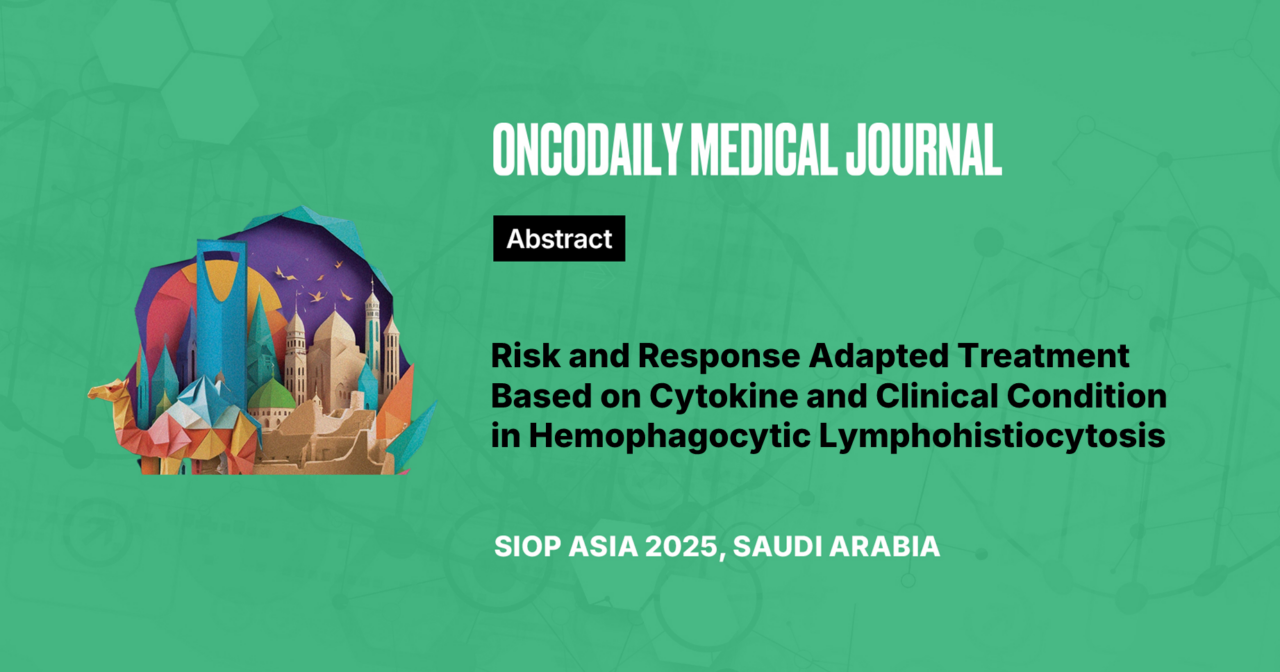Risk and Response Adapted Treatment Based on Cytokine and Clinical Condition in Hemophagocytic Lymphohistiocytosis
Abstract
Introduction: Hemophagocytic lymphohistiocytosis (HLH) is a rapidly fatal disease which needs timely and effective treatment to improve prognosis. However, aggressive initial treatment may increase toxicity and even mortality. The aim of this study was to investigate the stratification and treatment based on cytokine levels and clinical condition.
Methodology: The HLH patients received different initial treatment according to cytokine and clinical condition-based risk stratification. Prompt monitoring and timely treatment adjustments were implemented based on treatment response. The study included 108 newly diagnosed pediatric EBV-HLH patients. Six patients were excluded for major protocol violations.
Results: Of the remaining 102 patients, 61 and 41 patients were classified as low-risk and high-risk, and initially received dexamethasone treatment and HLH-94/04 regimens, respectively. In total, 85 patients (83.3%) achieved complete remission (CR) at the 8th week of treatment. The 12-month overall survival (OS) for all patients was 86.3%±6.7%, with 91.8%±6.9% and 78.0%±12.7% for low-risk and high-risk patients, respectively (P=0.037).
All 33 patients treated with continuous dexamethasone monotherapy survived to the end of follow-up. Low-risk patients whose treatment shifting from dexamethasone to HLH- 94/04 regimens presented similar 12-month OS with those initially treated with HLH-94/04 regimens (82.1%±14.1% vs. 78.0%±12.7%, P=0.589). In multivariate COX regression model, risk group and response to initial treatment at 48-72 hours thereafter were associated with overall survival with hazard ratios of 26.338 (95%CI: 2.563-270.650, P=0.006) and 72.800 (95%CI: 13.832-383.168, P<0.001).
Conclusion: The cytokine and clinical condition-based stratification and response evaluation strategy effectively stratifies patients for precise treatment without over-chemotherapy and without causing treatment delays.





